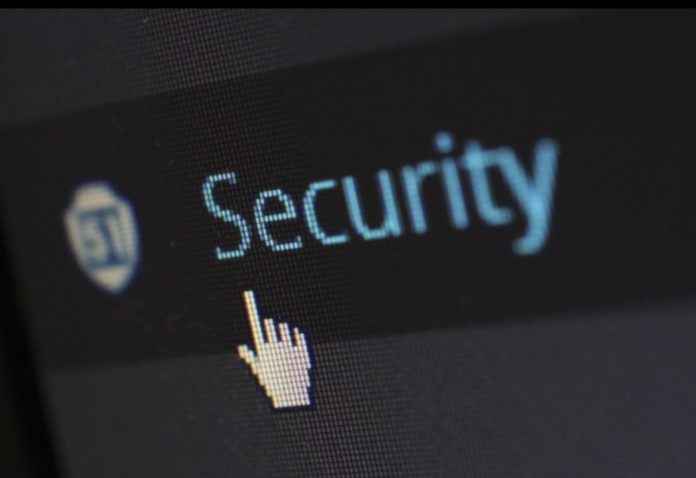The advancement of technology has dramatically increased human dependence on machines. Machines have become multi-functional, and software has matured to a great deal. They are quick in performing so many tasks that were unimaginable a few decades back.
Unfortunately, the outbreak of the covid-19 pandemic has catalyzed our dependence on everything digital. Employees have been working from home, and everything is now virtual. Companies have developed excellent portals to aid team communication and coordination, essentially meaning that all the data now exists digitally.
This valuable data is shared through the internet daily, enabling hackers and cyber attackers to break into the system and steal information. So much effort goes into maturing cyber security, but unfortunately, cyber-attacks are also growing. That is why it is essential to hire professional who has been certified in IT security course by experts to prevent cyber attacks. In this article, we focus on different common types of cyber-attacks that everyone must be familiar with to avoid.
Malware Attack
Malware software is mainly known as “unwanted software.” It gets installed in the system without your consent, attaches itself to legitimate codes, and replicates itself all over the internet. As a result, it quickly propagates without your knowledge. Malware attacks are why organizations hire teams of learned and experienced professionals who master cyber security and take pre-emptive steps to avoid them.
Malware is usually activated when a user clicks on a mischievous link that installs harmful software. It can be viruses, file infectors, worms, ransomware, spyware, adware, etc. It disrupts parts of the system that can make it inoperable. They also are used to obtain sensitive information. Some attacks further install harmful software into the system, while some can block access to the internet.
There was a massive rise in malware attacks during the pandemic, especially ransomware. The 2024 Cyber Threat Report stated that governments worldwide saw a 1,885% increase in ransomware attacks in 2024. In addition, many companies had to pay in crypto currency to retrieve stolen information. These statistics are incredibly problematic and require immediate attention.
Denial of Service (DoS)
Denial of service is a type of cyber-attack that overwhelms a network or a computer so that it is unable to respond to requests. Email attachments are the most common way to spread this attack. If you open any suspicious link, the worm activates and silently applies the link to all your contacts. It, in return, overloads the server and results in DoS.
The Denial-of-Service benefits the attacker differently than any other form of cyber-attack. The attacker does not gain much access to information. The primary purpose behind these attacks is to hinder the services and slow down the procedures. Business competitors use these attacks to increase their clientele by disrupting their competitor’s services. The pandemic forced businesses to come in a fight-to-survive mode. It explains why the statistics show that there are 16 DoS attacks every minute worldwide.
These attacks can also be a way to disrupt the services and take the system offline to launch another attack.
Man in the Middle (MITM)
Man in the middle is an attack when the attacker inserts themselves when the client and the server communicate. The hacker interrupts the traffic and is then able to steal valuable data. These cyber-attacks are widespread when people connect their devices to public Wi-Fi. Unfortunately, these connections aren’t secure and open to all, giving the hackers ample opportunity to do the deed.
The most common methods of this attack include session hijacking, in which a client gets disconnected from the server. At the same time, the hacker replicates the client’s IP address and uses it to connect to the server. The server, in return, gets bluffed and continues to interact, believing it is their client. Other ways include “replay,” in which old messages are saved and used later to impersonate a client and trick companies.
These attacks are not as common as others but still a significant threat. As much as 35% of exploitive attacks, hackers attempt MITM attacks.
Phishing
A phishing attack is a clever way of tricking the victim into providing valuable information, e.g., credit card numbers or login information. The hackers can also force the victim to install malware viruses or spyware applications to extract users’ information. These attackers sham by acting like representatives from companies, mainly banks, and mislead customers into sharing their passwords and other account details.
These attacks usually have some standard features. You can be cautious and avoid phishing attacks by researching them and learning how they conduct. You can stay up-to-date on all the phishing trends on the internet. You can also install anti-phishing add-ons to spot and attack and alert you timely. You must also remain vigilant and avoid sharing any sensitive information over the internet or phone calls.
Password Attack
Passwords are the most commonly used mechanism to authenticate users and allow access to systems. It makes a password attack the most common and effective way to steal information. There are many ways these attacks can be made – some of these ways include:
Brute-force involves guessing different passwords and trying them in hopes that one of them works. The attacker can study the victim, their relations, job, hobbies, etc., and use these to try and guess the password.
Dictionary attack means the attacker tries common passwords to gain access to their victim’s computer. ‘0000’ or ‘1234’ are amongst many other common passwords people use to protect their devices.
The best bet for you is to look up ways to make your password strong to avoid a password attack.
Conclusion
To design a good defense, you must understand the offense. It is always wise to recognize these types of attacks and know how hackers have tricked and attacked individuals or organizations in the past. Studying the trends of cyber-attacks can give you a deep insight into what you need to do to protect your valuable data.
Many promising applications and programs like anti-viruses detect scams and malware within seconds. You can also hire cyber security professionals to guard your personal and your company’s data to avoid any such attacks. Always remember that security basics have always remained the same. Being one step ahead will protect you and your company against any harmful attacks.







